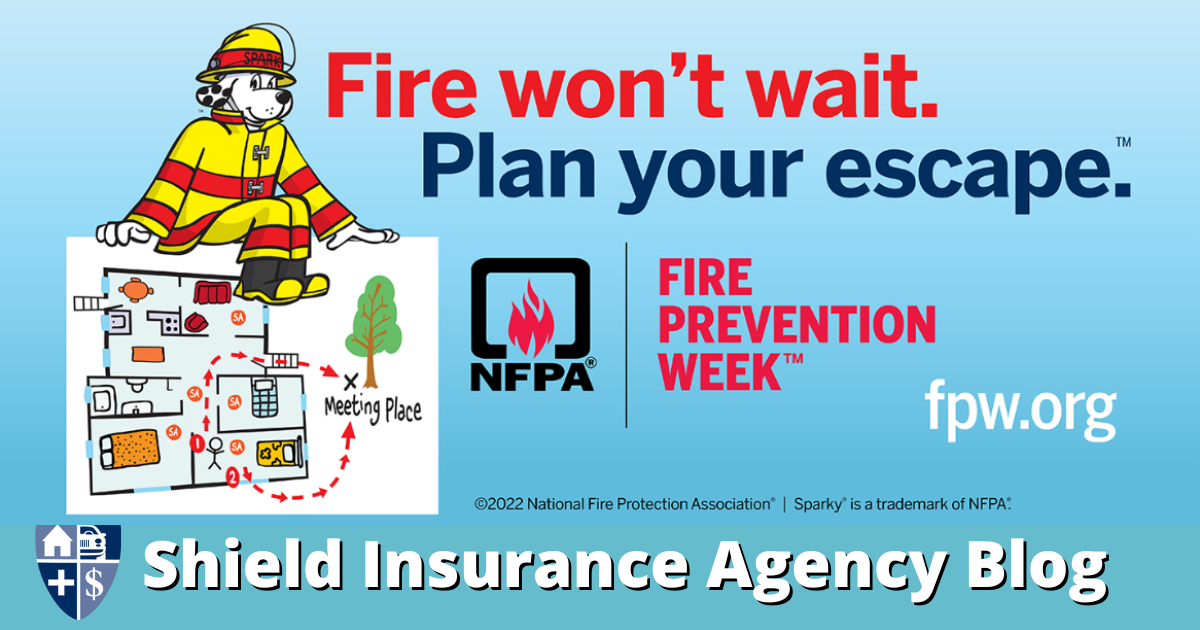Learn the top 8 reasons for startup failure and keep your business from failing with these tips.
Starting a business without a legal entity? It’s time to make it official!
ZenBusiness.com | By Patricia Schaefer | September 1, 2022
Why do small businesses fail? Business failure isn’t something you want to think about when you start a business. But if you want your business to succeed, you need to know and avoid these eight common reasons why businesses fail.
According to statistics published in 2021 by the Small Business Administration (SBA), about 32% of business startups fail before two years. A little over half (51.1%) succumb to business failure within five years. By year 10, only 33.6% survive. The 15-year survival rate is 25.7%
Those statistics are rather grim. And in 2022, small business survival is an even bigger worry because of coronavirus-related declines, supply chain disruptions, and inflation.
While there’s a multitude of conditions that can result in a business failing, most years, the reason small companies go out of business is usually that they make one or more common mistakes.
Here are the top eight reasons for business failure and what you can do to avoid them.
Why Small Businesses Fail
1. You start your business for the wrong reasons
The reason for business failure is often tied to the reason the owner started the business. Is your primary reason for starting your own business the desire to make a lot of money? Do you think that if you have your own business you’d have more time with your family? Or maybe that you wouldn’t have to answer to anyone else? While those are benefits some successful entrepreneurs achieve after years of hard work, they aren’t necessarily reasons to start a business.
The right reasons for starting a company — reasons that lead to building a successful company — include these:
- You have a passion and love for what you’ll be doing and strongly believe — based on educated study and investigation — that your product or service would fulfill a real need in the marketplace.
- You have drive, determination, patience, and a positive attitude. When others throw in the towel, you are more determined than ever.
- Failures don’t defeat you. You learn from your mistakes and use these lessons as business tips to help you succeed the next time around. Studies of successful business owners have shown they attributed much of their success to “building on earlier failures” and on using failures as a “learning process.”
- You thrive on independence and are skilled at taking charge when a creative or intelligent solution is needed. This is especially important when under strict time constraints.
- You like — if not love — your fellow man, and show this in your honesty, integrity, and interactions with others. You get along with and can deal with all different types of individuals.
RELATED: How to Start a Business
2. There’s no market or too small of a market
The best business ideas will fail if there isn’t a market for what you sell, or if the market suddenly disappears because of economic changes or natural disasters. While you can’t predict disasters, before you start a business you need to determine if there’s a market for what you plan to sell and if that market is big enough to be profitable. Keep in mind that “everyone” isn’t a market. The market must be an identifiable group of customers you’ll be able to reach with the marketing dollars and resources you’ll have available.
To avoid business failure after startup, business owners need to keep tabs on their market and customers’ changing needs on an ongoing base, as well.
3. Poor Management
Many a report on business failures cites poor management as the number one reason for failure. New business owners frequently lack relevant business and management expertise in areas such as finance, purchasing, selling, production, and hiring and managing employees. If the business owner doesn’t recognize what they don’t do well and seek help, the company may fail and go out of business. To remedy the problem, small business owners can educate themselves on skills they lack, hire skilled employees, or outsource work to competent professionals.
Neglect of a business can also be its downfall. It’s important to regularly study, organize, plan, and control all activities of your business operations. This includes the continuing study of market research and customer data, an area that may be more prone to disregard once a business has been established.
A successful manager is also a good leader who creates a work climate that encourages productivity. They have a skill at hiring competent people and training them, and they’re able to delegate. A good leader is also skilled at strategic thinking, able to make a vision a reality, and able to confront change, make transitions, and envision new possibilities for the future.
4. Insufficient Capital
Click here for the full story…






























































